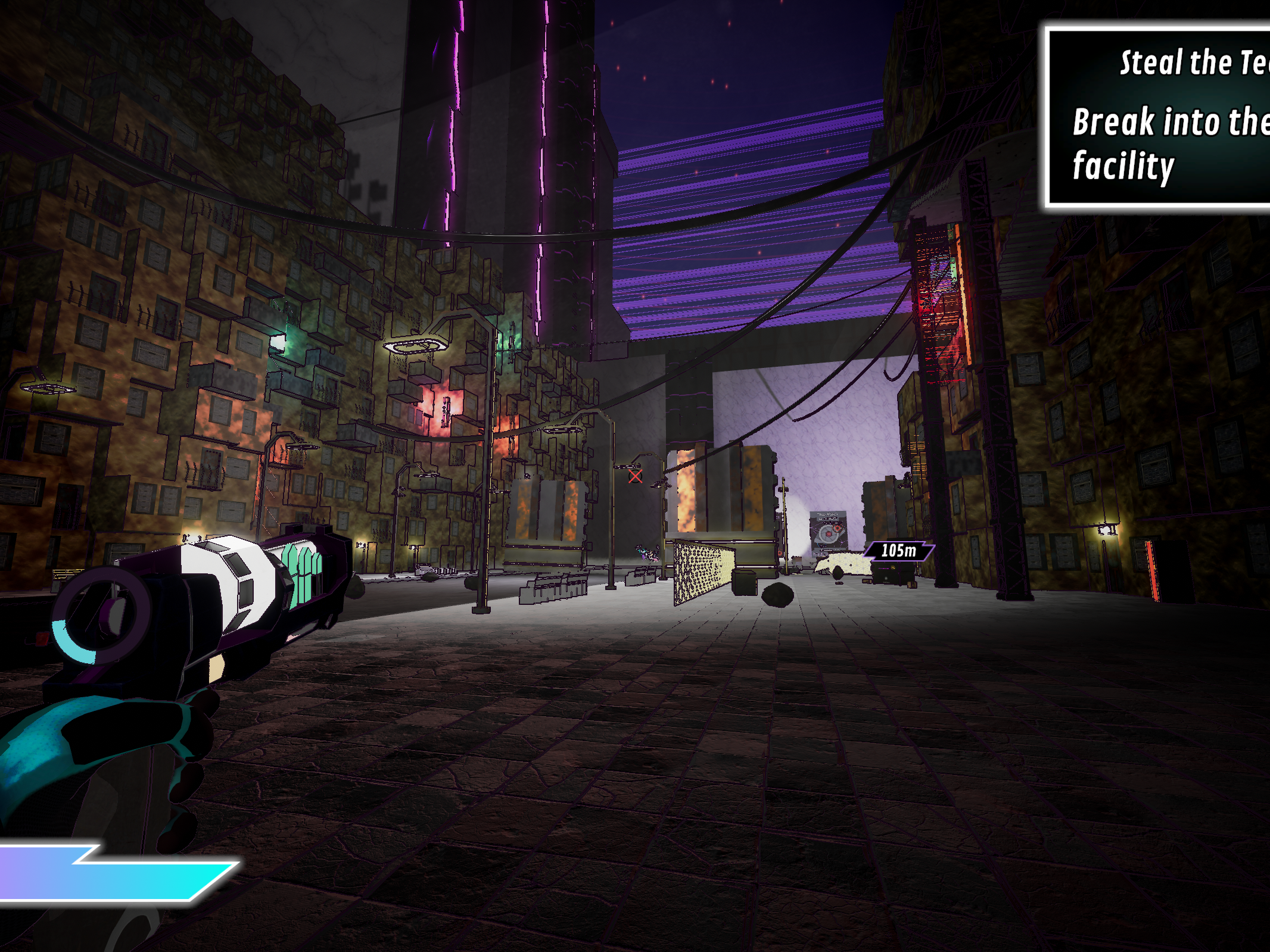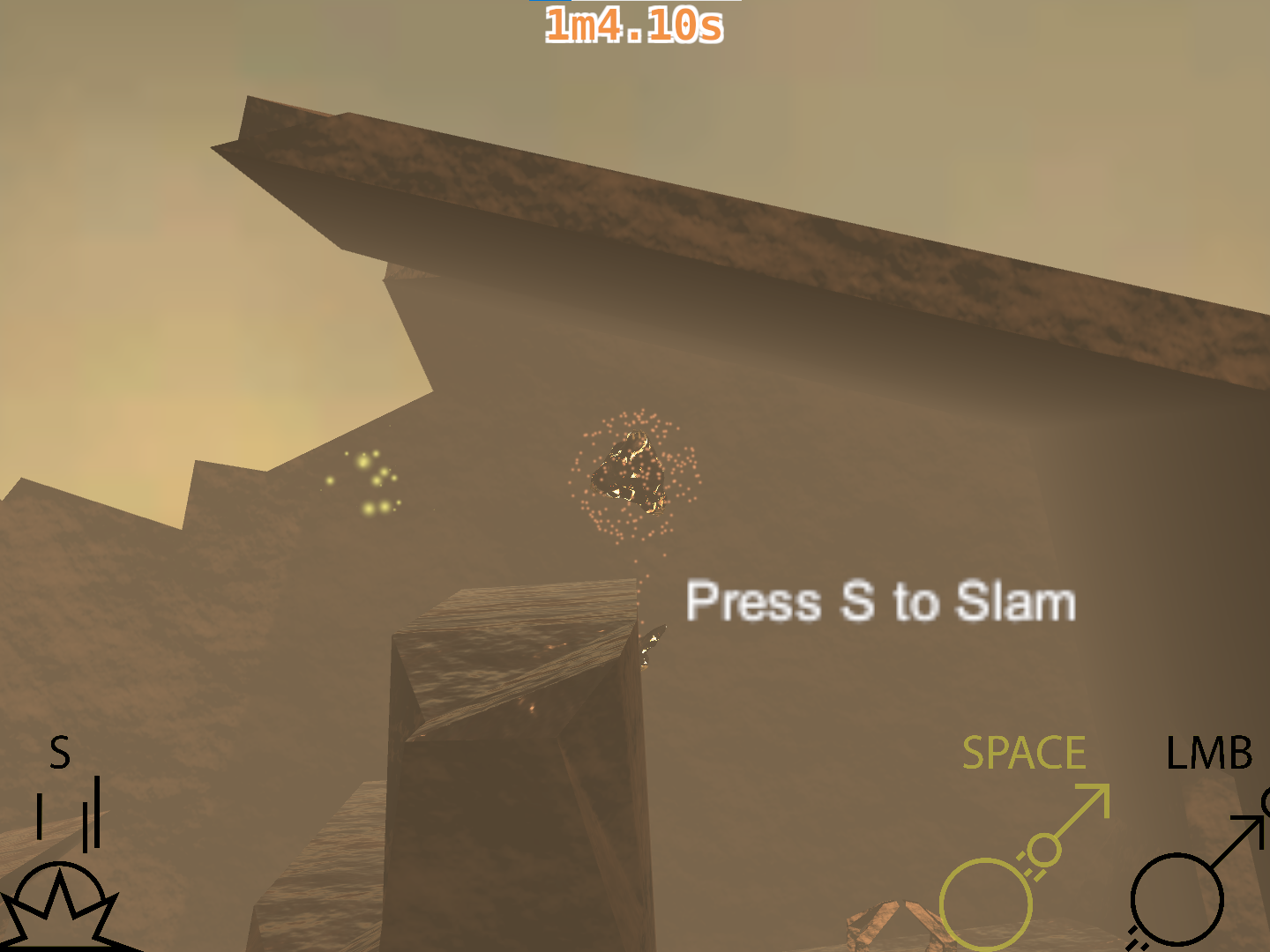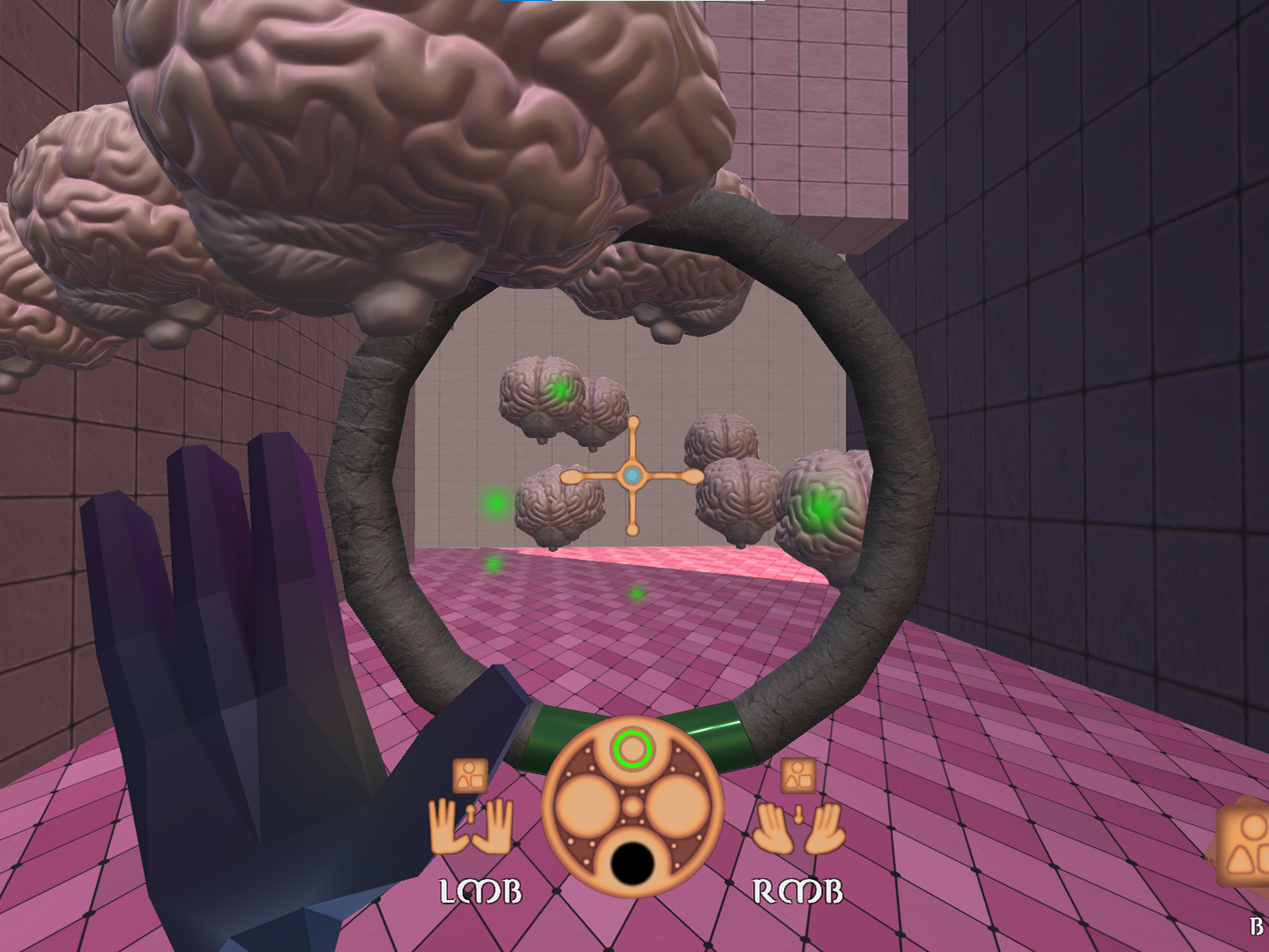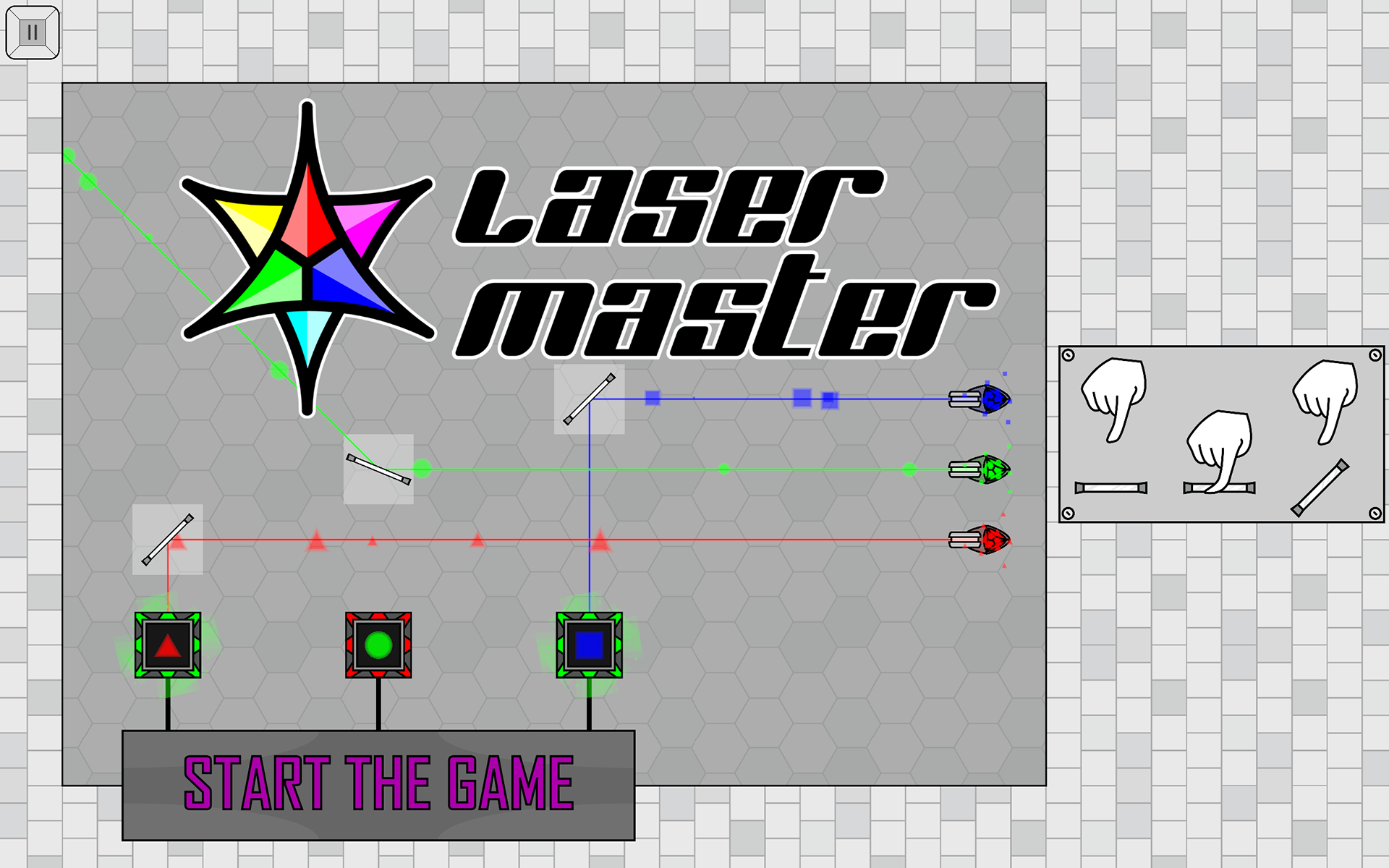
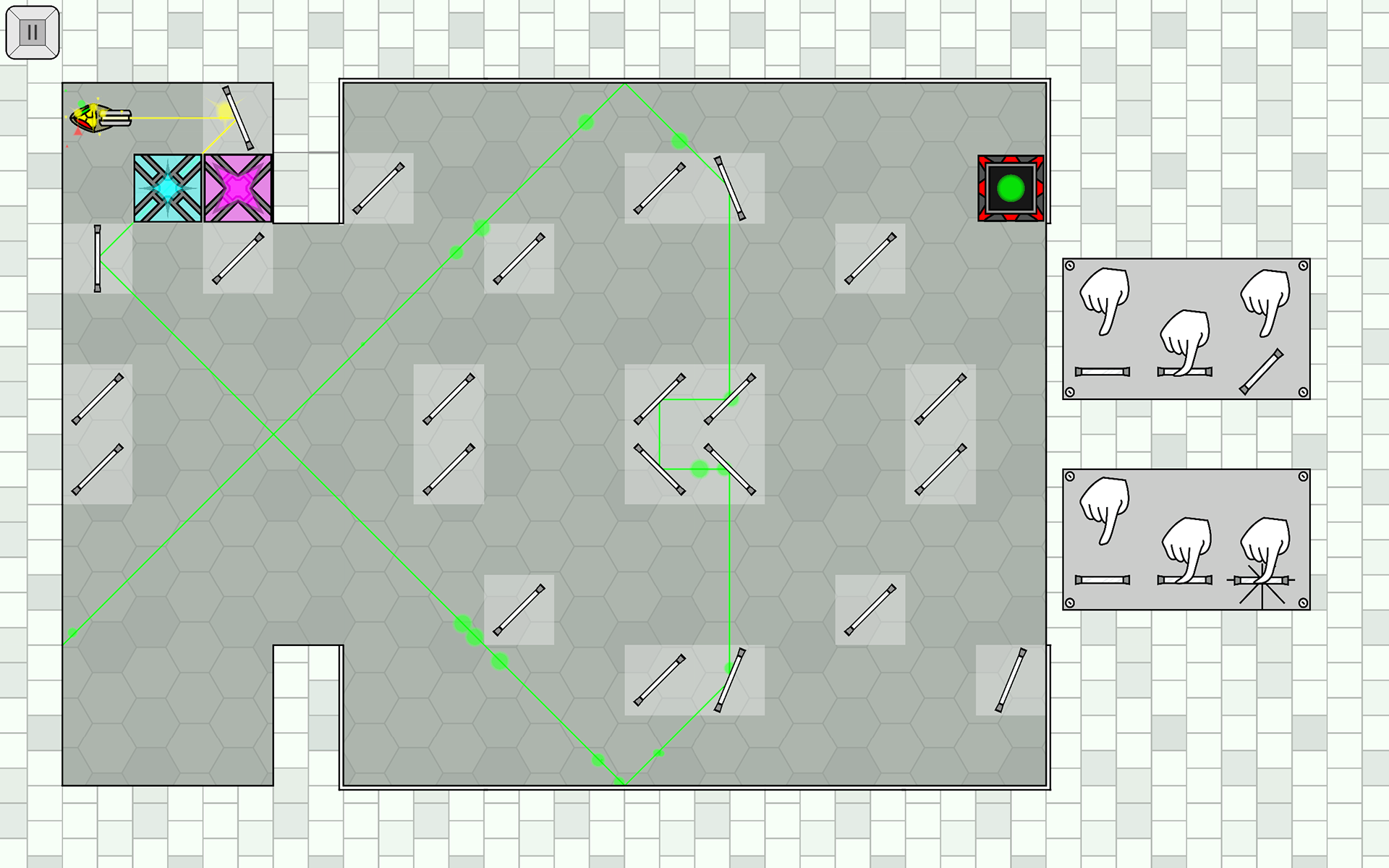
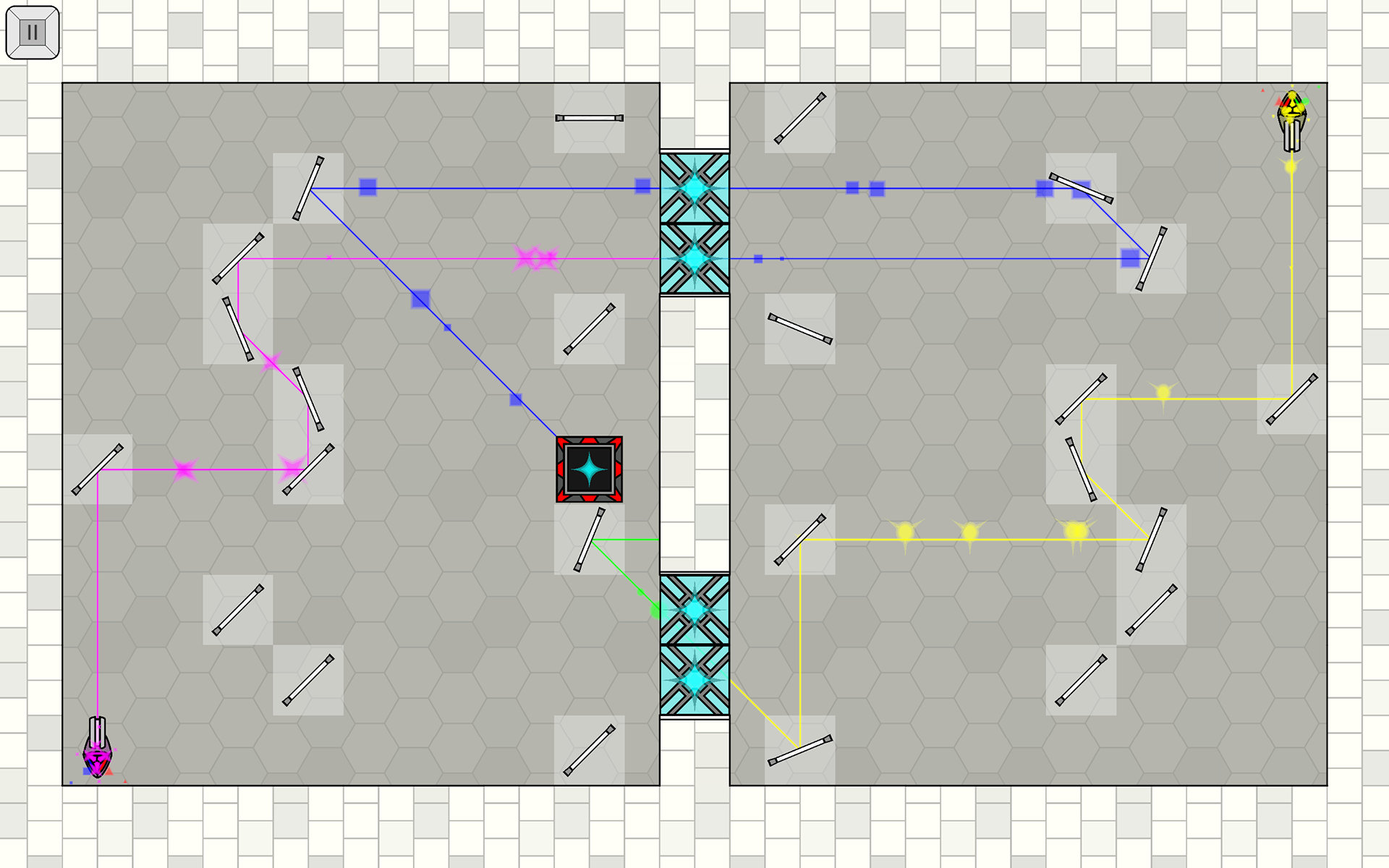
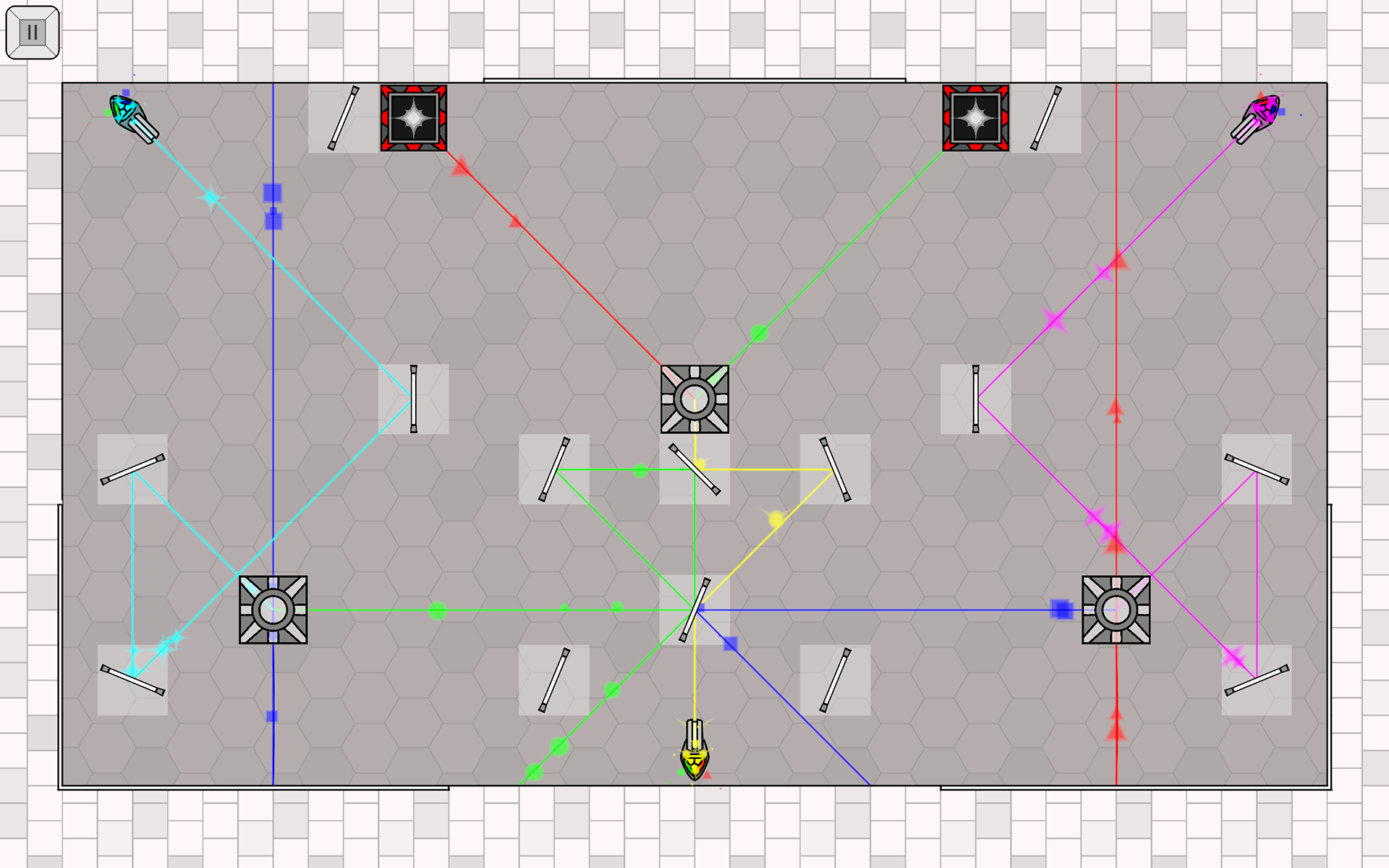
Laser Master is a small game that I developed in coordination with a local children's museum, with the intent to have both a Children's Museum Edition, and potentially a full PC/Mobile Edition, with the experiences featuring colorblind accessibility. A full version would intend to teach players to implicitly understand light, with complexity going up over time, while eventually becoming closer to a simulation of light physics, with players implicitly learning how light works, down to which colors refract more than others using mirrors, filters, prisms, and other items of interest.
All art elements have been designed within Adobe Illustrator, split into pieces where necessary for making the game world more alive, and features particles that attempt to make puzzles accessible for people who may be colorblind, while also helping to provide a form of aid through how the shapes compare, such as lasers showing which colors create an output light, while secondary colors had aspects of the shapes involved in the light used to make such a color. Alongside this, to make this game as accessible as possible, instructions or hints are made non-verbally, through the use of "plaques", with an intent to later update them to animations.
The sound effects used in game were all made with either multiple sound effects stripped of unnecessary elements before being combined to create an overall new sound or through the use of FL Studio to create a base sound. After each of the sounds were decided, I used Adobe Audition to further modify and filter sound effects to ensure their elementary sounds fit together to feel as if they created one unified new sound.
As this game progresses, there will be a couple of ways the puzzle changes as the game approaches realistic simulation. In the intended experience, the player will have to eventually worry about precise angles and refraction, as well as puzzles that potentially involve optics or other aspects of light, even including a "Laser Master Mode" to get as close to realistic simulation as is sensible for a game. This experience is highly subject to change should development begin again, as the intent is to make this an overall "educational" experience, making an understanding of how light works "easier to digest" than normal. All game design has been done with feedback from the local children's museums' administration, education director, other staff, and playtesting within the museum environment.
